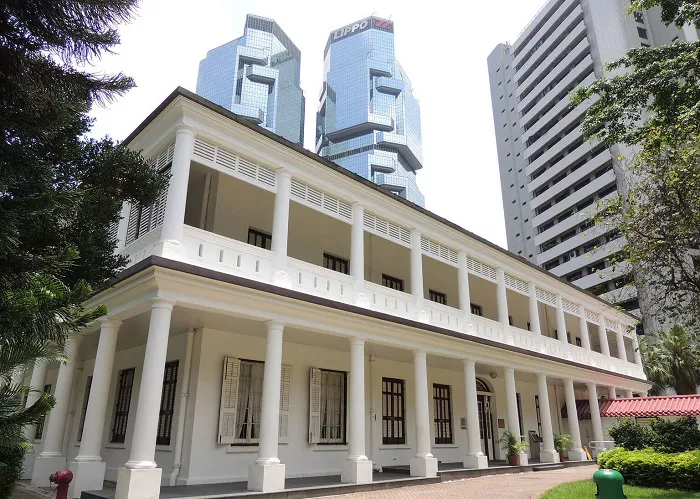HANGZHOU, April 25 (Xinhua) — At the Liangzhu Museum in Hangzhou, Gehane Nabil, director of the Grand Egyptian Museum Learning Center, adjusted her augmented reality (AR) glasses as 5,000-year-old artifacts from China’s Neolithic Liangzhu Culture came to life before her eyes.
Nabil was one of over 190 curators, museum experts, and cultural leaders from more than 60 countries who gathered in Hangzhou for the third UNESCO High-Level Forum for Museums. The event, running from Wednesday to Friday, brought together global professionals to discuss the evolving role of museums in addressing worldwide challenges and promoting inclusive societies.
A major theme of this year’s forum was the integration of artificial intelligence (AI) into museum operations. Participants explored how AI is revolutionizing museum collection management, offering new solutions for cataloging, conservation, and exhibition planning.
AI is increasingly seen as a transformative tool. Britt Romstad, executive director of Audience and Engagement at the Australian Center for the Moving Image (ACMI), shared that the center is developing AI tools to enhance the accessibility and discoverability of its collections.
“AI can identify damage in old artifacts or even detect issues invisible to the human eye, but human oversight remains crucial,” said Gabor Zsigmond, director general of the Hungarian National Museum.
May Khuen Chung, director of the National Museum of Singapore, highlighted the potential for AI to analyze and tailor museum content to individual preferences. “AI can help rate and customize exhibition content, whether for special events or permanent galleries,” she explained.
Zhao Feng, dean of the School of Art and Archaeology at Zhejiang University, discussed collaborations with tech firms in Hangzhou to develop digital exhibitions. “AI can assist in selecting exhibits and constructing exhibition frameworks, based on themes, requirements, and existing content,” Zhao said.
While AI’s benefits were widely acknowledged, participants also expressed concerns over its challenges. Romstad noted the importance of addressing issues such as copyright, AI ethics, and the implications of AI for creativity and the ownership of artworks.
“The rapid pace of AI development makes it hard to focus on its future,” Romstad said, adding that technology offers a common language that fosters exciting collaboration possibilities. However, she emphasized the need for more equitable digital spaces.
Zhao also discussed the critical relationship between AI and human expertise, asserting that “research and original work require expert judgment and review,” especially when it comes to AI-generated outputs.
The forum’s discussions and conclusions will be submitted to the UNESCO World Conference on Cultural Policies and Sustainable Development, scheduled for September in Spain.
In a cultural excursion to the Archaeological Ruins of Liangzhu City, a UNESCO World Heritage Site, participants reflected on how Chinese museums are using technology to enrich historical narratives. “I’m fascinated by prehistory and stone tools,” said Nabil. “The similarities between the social practices of China and Egypt are striking, and it’s clear that such shared history will unite humanity.”

